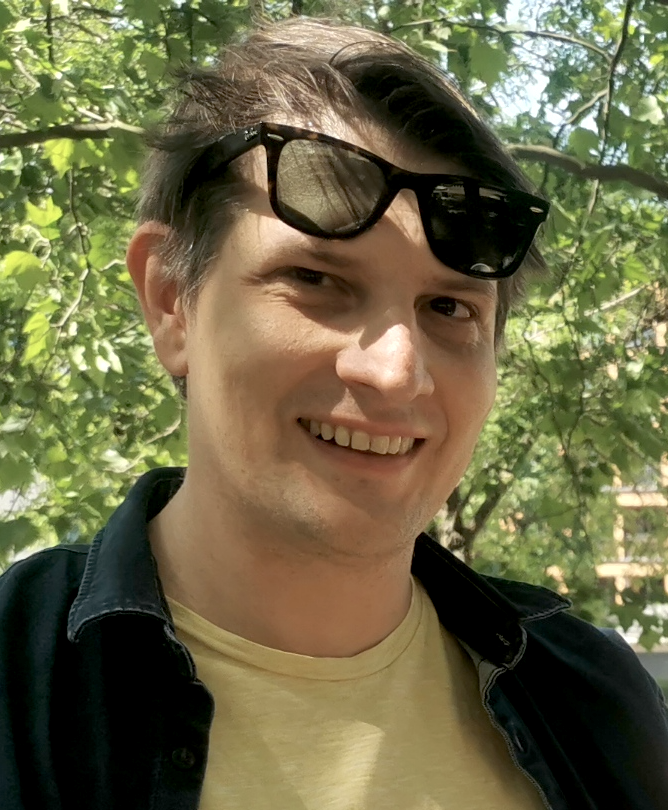Matthias Liero
Weierstrass Institute Berlin. Research Group Partial Differential Equations

Welcome to my homepage. I am the acting head of the research group Partial Differential Equations at the Weierstrass Institute Berlin. I am also a member of the Berlin Mathematical School (BMS) in the Postdoctoral Faculty.
Research interests
- Variational methods for evolution equations (gradient flows, evolutionary \(\Gamma\)-convergence, etc.)
- Continuum mechanics
- Modeling and analysis for semiconductor devices
- Optimal transport
Contact
- Matthias Liero
- Weierstrass-Institut für Angewandte Analysis und Stochastik
- Anton-Wilhelm-Amo-Straße 39
- 10117 Berlin
- Germany
- +49 (0)30 20372 542
- matthias.liero@wias-berlin.de